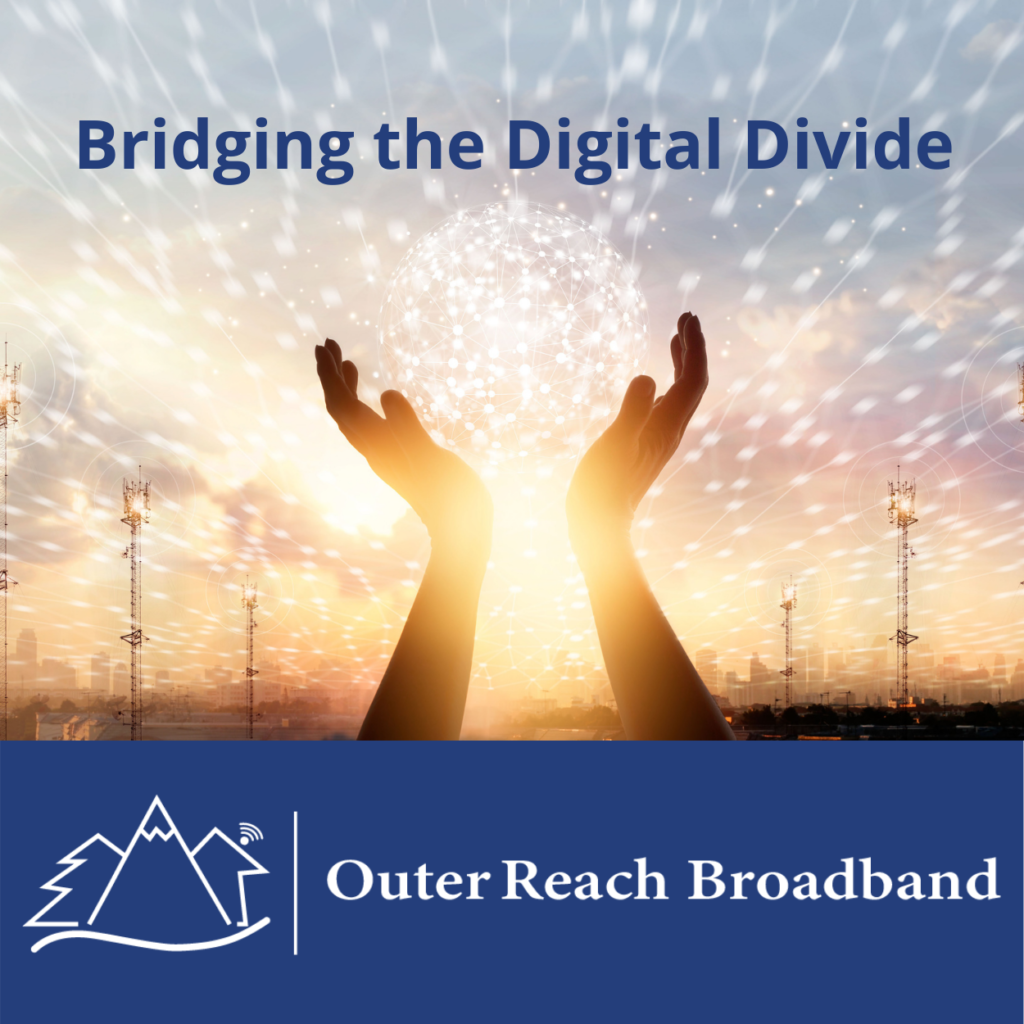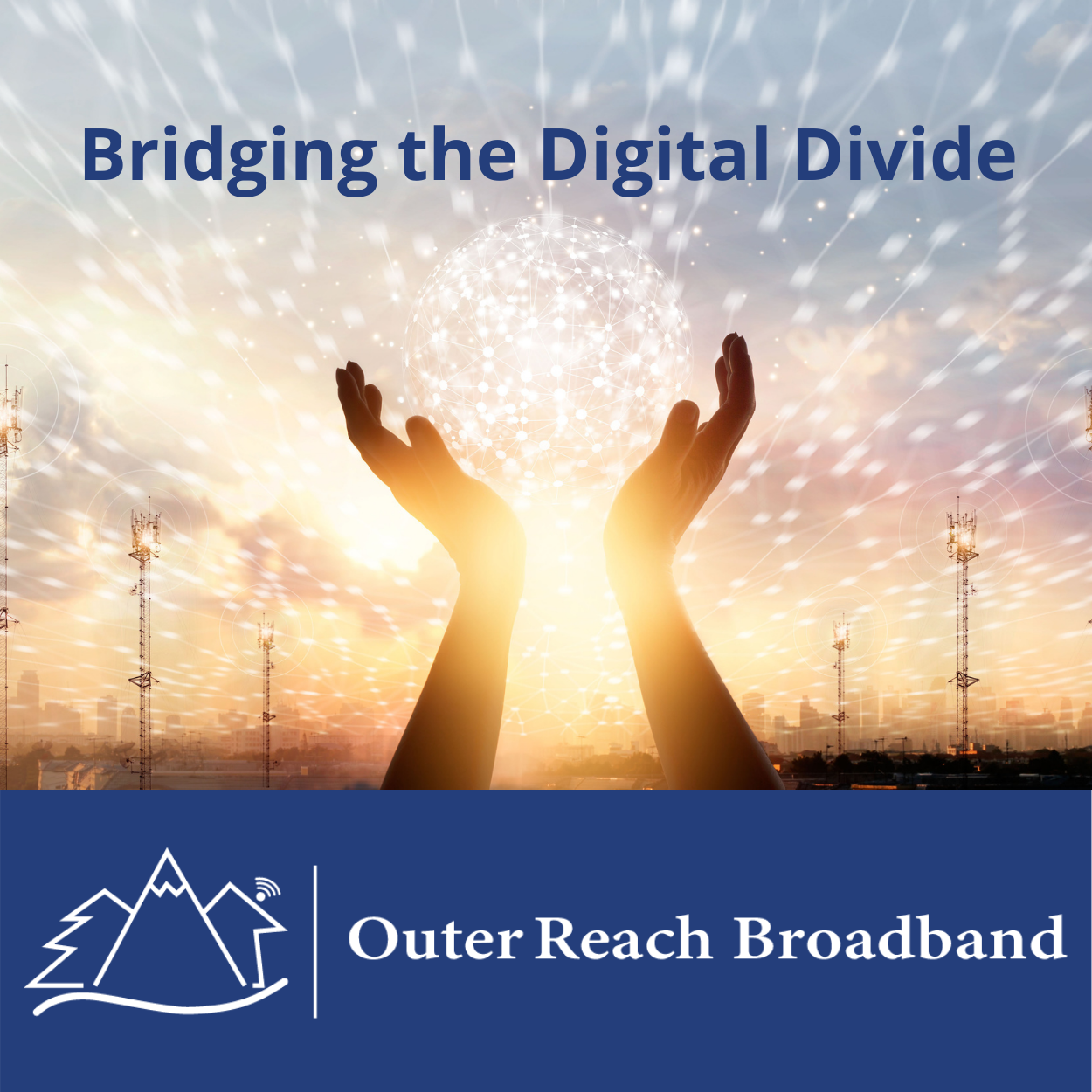
In June 2021, Maine’s Governor Janet Mills signed legislation establishing the Maine Connectivity Authority, which, per her office’s official release, is “a new entity charged with achieving universal availability of high-speed broadband in Maine.” The following month a seven member board was sworn in, tasked with overseeing a $150 million budget in federal funding and bringing high speed internet service throughout the state of Maine.
This is great news for Mainers. We all know the benefits reliable broadband brings to a community – it’s good for small business and remote work, drives higher employment and graduation rates, while increasing property values and providing greater access to telehealth, – but what sort of impact will an authority such as this have and, most importantly, how soon can all Mainers expect to get online?
The good news is that the State of Maine is now focused on the lack of internet access for many of its residents and it has the funding in place to make a meaningful difference in the lives of many by bringing high speed connectivity to their homes. For context, in the past decade, ConnectMaine, the state’s original broadband agency, funded projects of $1 million or less per year. While some experts say the funding required for the task at hand is close to $600 million the State has now allocated $150 million to bridging the digital divide in Maine. This is a huge increase in funding.
However, when you take a closer look, there are concerns with the newly formed authority that may further delay the development of what Governor Mills refers to as “a once-in-a-generation chance to build the connections Maine people need to succeed.” Take for instance, the authority’s focus on investing in fiber to the premise (FTTP) networks as the means for delivering high speed connectivity to every community in Maine. While the use of fiber optic cabling will ensure strong and reliable broadband service, developing and installing such networks – especially in a widespread and topographically challenging state such as Maine – will take years and face many bureaucratic hurdles. During these years of planning and development many Mainers will continue to not have reliable, high-speed internet connections and the State will continue to struggle at a crucial time in its population growth.
Fortunately, there is another technology solution that can bring internet access where needed, on a faster timeline than fiber – fixed wireless. With fixed wireless technology, new or existing telecommunications towers (i.e “cell towers”) are utilized to send a signal directly to a customer’s home. The reality is that the fiber solution for many Maine communities is several years away, as there are bureaucratic hurdles to overcome before the first strand of fiber can be hung. At Outer Reach we strongly believe that fixed wireless networks can provide an interim solution for many communities as the fiber planning and construction processes proceed. With a combination of fiber-to-the-home (FTTH) and fixed wireless, as both an intermediate step and an extension of a central fiber network, we believe that the communities of Maine can be effectively connected in a timely manner.
At Outer Reach we strongly believe it is in the best interest of the newly formed Maine Connectivity Authority to explore interim solutions such as fixed wireless, as it has the ability to quickly get Mainers online. If the goal is to bring quality broadband to the entire state of Maine, it’s possible to do so with both a short term (fixed wireless) and long term (fiber broadband) strategy. Into 2022 and beyond, Outer Reach’s overarching goal is to partner with communities to help bring connectivity to areas in need and bridge Maine’s digital divide, and we won’t stop until we do.

